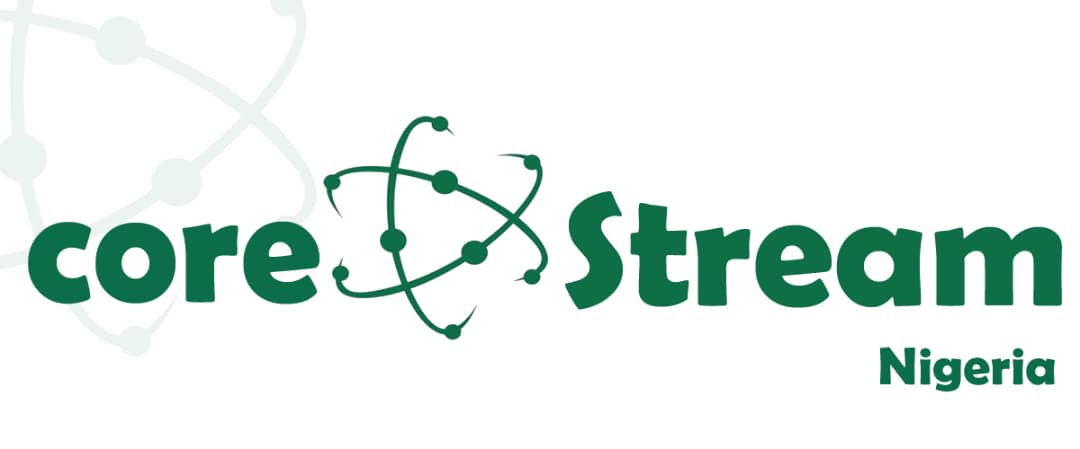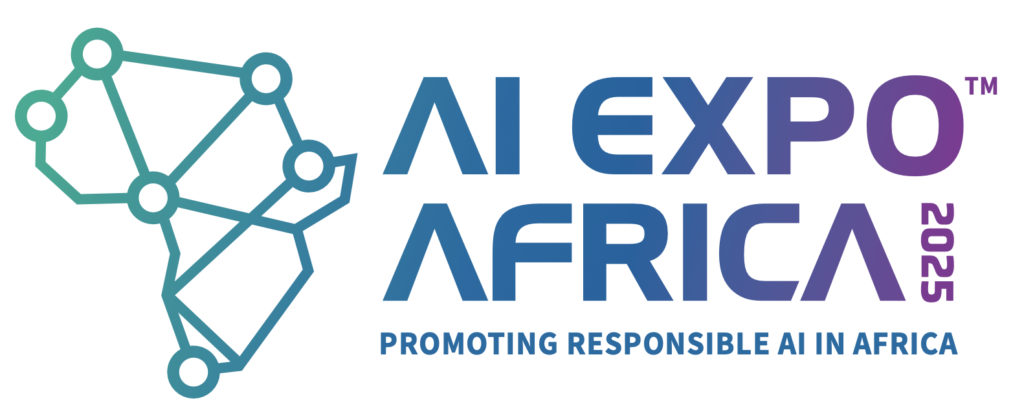Security doesn’t have to become the bottleneck that inhibits the organisation’s race to digitisation.
In the race to digital, security has often been the afterthought that creates bottlenecks and vulnerabilities. As the DevSecOps market grows at 13.2% annually towards a projected $45.93 billion valuation, organisations are recognising that traditional security approaches no longer suffice in a landscape where more than 80% of vulnerabilities come from open-source and third-party components.
RELATED: Beyond firewalls: HR’s critical role in cybersecurity strategy
However, Mandla Mbonambi, CEO of Africonology, points out, the growing demand for security is creating tension within DevSecOps teams and creating bottlenecks that impact innovation and efficiency.
“Windows of opportunity are getting shorter and shorter, where speed can spell the difference between market leadership and irrelevance,” he says.
The promise of DevSecOps is compelling: reduced breach risk through secure-by-design coding practices, improved regulatory compliance via automated policy enforcement, greater confidence in supply chain security through dependency scanning, and accelerated delivery by eliminating late-stage security reviews. Organisations using DevSecOps practices experience a 50% reduction in security vulnerabilities compared to those following traditional development processes.
Addressing potential vulnerabilities early in development cycle
A cornerstone of strategic DevSecOps thinking involves “shifting security left”—addressing potential vulnerabilities as early as possible in the development cycle. This proactive approach allows the business to benefit across the key areas of cost efficiency, developer productivity, and risk reduction.

Mandla Mbonambi, CEO of Africonology
When security vulnerabilities are found and fixed during development, the process is measurably less expensive than addressing them after deployment. Additionally, developers receive immediate feedback on security issues, allowing them to address problems while the code is still fresh in their minds, reducing context-switching costs.
However, this move doesn’t come without its downfalls – it has seen a radical change in developers’ responsibilities. Developers waste approximately 19% of their weekly hours—equating to 8.16 hours—on security-related tasks, translating to roughly £28,100 wasted per developer annually.
This cognitive overload diminishes productivity, hampers innovation, and contributes to burnout. Developers now spend significant time managing between 11 to 14 different DevSecOps tools, with frequent context switching slowing productivity and increasing the likelihood of errors.
Limitation of DevSecOps
“The limitation of DevSecOps as it’s often implemented today is that we’re forcing together three distinct disciplines without addressing the underlying cultural and organisational challenges,” explains Mbonambi.
“Simply adding security tools to a development pipeline doesn’t solve the problem, it often creates new ones. Developers become overwhelmed with tools they don’t fully understand, security teams lose visibility, and operations struggle with inconsistent implementations. Real DevSecOps transformation requires more than tools; it demands a complete rethinking of how security integrates with both development and operations at a cultural level.”
Security as Code (SaC)
The most promising approach to solving these challenges is Security as Code (SaC), which transforms security from manual processes into programmable elements that integrate directly with development workflows.
“Rather than relying on checklists and post-production reviews, SaC embeds security policies, infrastructure configurations, and application controls directly into code that can be version-controlled, tested, and deployed consistently,” says Mbonambi.
SAC encompasses three practical components:
- Policy Definition as Code: Security requirements expressed in formats like YAML or JSON that can be automatically enforced, becoming programmable, versionable, and testable entities.
- Infrastructure Security as Code: Security controls for cloud resources and servers are implemented through tools like Terraform or CloudFormation, ensuring that security configurations are consistently applied.
- Application Security Controls as Code: Consistent security mechanisms across environments through code libraries and frameworks, allowing controls to be uniformly applied across different applications.
Holistic approach to successful DevSecOps implementation
Successful DevSecOps implementation requires a holistic approach that addresses both technical and cultural challenges. Organisations that excel in this area often adopt Security-as-a-service models that help teams proactively implement security throughout the DevOps cycle by leveraging Security as Code principles. These principles ensure consistency, traceability, testability, and reproducibility of security controls across environments.
Complementing this security integration, effective testing services can address what Mbonambi describes as “the critical trifecta of speed, quality, and cost.”
The key to success lies in fostering collaboration between external security experts and in-house development teams, providing solutions that are scalable, cost-effective, and aligned with established best practices. This collaborative approach directly addresses the organisational silos that often impede DevSecOps adoption by creating shared understanding and responsibility for security outcomes.
Organisations succeeding with DevSecOps are those that recognise security as a strategic enabler rather than an obstacle. By embedding security throughout the development lifecycle, these organisations build more resilient systems, respond more quickly to emerging threats, and deliver secure products that earn customer trust.
When security becomes everyone’s responsibility through consistent and automated processes, it transforms from a bottleneck into what it should be: a strategic asset that supports innovation, accelerates delivery, and protects critical business value.





























